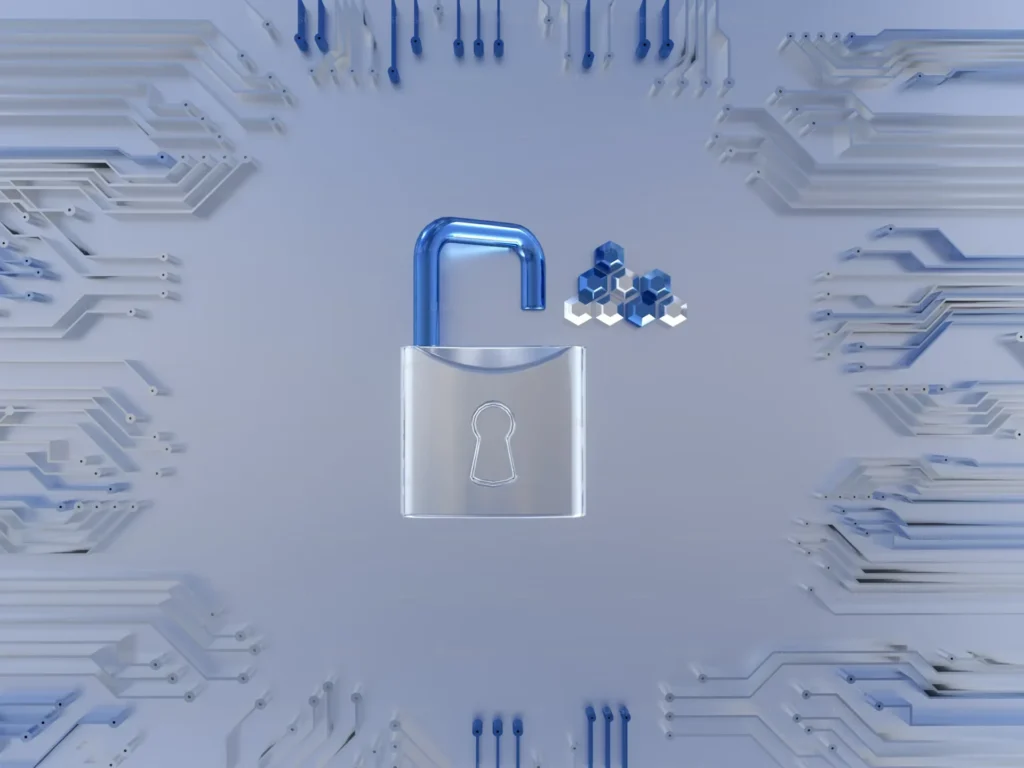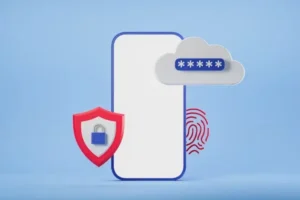Description: This article provides general information on data security and should not be considered as professional legal or cybersecurity advice. Please consult with a cybersecurity expert for personalized protection strategies.
Nowadays, in an era of rapid digital growth, the need for secure information and data has never been greater. As more and more businesses are keeping huge volumes of sensitive data online, the danger of data breaches, hacking and other nefarious activities has increased exponentially. The growing dependence highlights the greater risk of data threats to businesses and individuals caused by more extensive digital reliance including cloud storage.
In this piece, we will take you through why data security is important in this day and age, the challenges, and what businesses and individuals can do to ensure they are safeguarding their data.
Why Data security is Necessary?

Data security has become more and more important as the amount of data grows. From personal to business sensitive information, no digital footprints are safe against unauthorized intrusion. The more companies move to cloud computing, the greater the risk they are running by exposing their most valuable and sensitive data to cybercriminals. Protecting this data isn’t only about privacy it’s about safeguarding the health of your business, your reputation, and your compliance with regulations.
Let’s break it down:
Preventing Data Breaches
Data breach is unauthorized access of private data. This could result in customer records, intellectual property, or financial data being stolen. The repercussions of breaches can be devastating, with breaches leading to a loss of confidence, fines and diminishing reputation that can last for years.
Compliance with Regulations

There’s a lot of industry specific data protection regulations you have to obey, too GDPR in Europe, or HIPAA in healthcare. This is the kind of safeguarding of consumer and enterprise data which such regulations are intended to secure. By not doing so you could fines and legal recriminations.
Business Continuity
When you keep data secure, you protect your business from disruption. This type of cyber attack, like many ransomware attacks for instance, can take your organization’s critical data and lock it up where you can’t use it or you can pay to get it back. A solid data protection plan can mean continued business operations in the aftermath of a cyber attack.
Maintaining Customer Trust
Clients rely on businesses to safeguard their personal information. When a business falls victim to a data breach, it might lose the trust and loyalty of its customers, and that is difficult to restore. There are also instances where breaches can mean customers going elsewhere.
Risks to Data Security
Modern day digital threats There are numerous threats to data from our modern digital environment. It is important to know about these threats in order to adopt a security strategy.

1. Cyberattacks
Cyber criminals are adept at breaking into systems and taking data. The most popular types of attacks are phishing, malware and ransomware. And these attacks frequently exploit are weaknesses in a company’s security systems.
2. Cloud Malware
With businesses increasingly relying on cloud services for storage and operations, the risk of cloud malware has risen significantly. Malware can infiltrate cloud-based systems and wreak havoc, stealing, deleting, or corrupting critical data. These threats often exploit misconfigured security settings or unpatched vulnerabilities, making proactive defense measures essential. Protecting your data in the cloud through encryption, access controls, and regular audits is crucial to avoid catastrophic losses.
3. Insider Threats

Not all threats come from the outside. Sometimes, employees or contractors with access to sensitive data may intentionally or unintentionally compromise it. This can include actions like mishandling sensitive documents, accessing data they shouldn’t, or intentionally stealing information.
4. Data Loss
Whether it’s accidental deletion, corruption, or hardware failure, data loss can occur for many reasons. Without a reliable backup and disaster recovery strategy, businesses risk losing important data forever.
5. Lack of Encryption
Without encryption, data is vulnerable to interception during transmission. Encryption is essential for securing data during both storage and transfer, ensuring that even if hackers manage to breach your system, the data they obtain will be unreadable.
Best Practices for Securing Data
Now that we know about the importance of data safety and the risk associated with it, we are going to learn how to secure your data.
- Implement Strong Password Policies
There’s perhaps no more simple way to protect your data than by employing strong passwords, require complex passwords that are difficult to guess and must be changed periodically. Multi-factor authentication (MFA) adds an extra layer of security by demanding more than just a password to access systems.
- Regularly Update Software
Patches often come with software updates to fix security holes. Out of date software Insecure software Hackers often use known holes in old versions of software to break in. Ensure that your systems, applications and security tools are patched with the most recent releases.
- Use Encryption
One of the most powerful means of data protection against unauthorized access is encryption. Information needs to be encrypted in rest and in transit as well. That way, even if a bad actor gets hold of the data, they can’t read it.
- Backup Your Data
Schedule data backups are necessary to prevent data loss with accidental deletion and damage. Employ a robust backup strategy, with local and cloud backups for the best possible protection.
- Employee Training
Employees are the first line of defense when it comes to cyber threats and by training them regularly to detect phishing emails and handle sensitive data, as well as to not engage in unsafe practices, you can minimize the risk of a data breach.
- Monitor and Audit Access
Continuously monitor which users have access to sensitive information and keep track of their actions. Apply the principle of least privilege (limited access to only the minimal data required) amongst your employees. This limits damage in case of a security breach.
Table: Common Data Security Threats and Their Impact
| Threat | Description | Potential Impact |
| Cyberattacks | Unauthorized access to data via hacking. | Data theft, financial loss, brand damage |
| Cloud Malware | Malware targeting cloud-based storage. | Data corruption, loss, service disruption |
| Insider Threats | Employees mishandling or stealing data. | Data leakage, reputational harm |
| Data Loss | Accidental deletion or corruption. | Irreversible loss of important data |
| Lack of Encryption | Unprotected data during transmission. | Data interception, theft |
Conclusion
Protecting data is no longer a matter of choice it’s a matter of survival for both companies and individuals. In forestry’s post-crypto world and with the exploding risks of cyber, cloud, and insider threats, having a solid strategy for locking down sensitive information is critical. This is especially true for healthcare security systems, where the protection of patient data is not just about privacy, but compliance and trust. If you’re a small business owner or you work for one of the millions of small to medium-sized organizations in the UK you can protect your data, stay compliant, and safeguard your reputation by implementing these top 10 data protection strategies.
By following best practices like secure data encryption, keeping software up to date, and training staff, you can greatly minimize the chances of data loss or theft. Remember: The best offense to emerging cyber threats is a proactive data security strategy.












